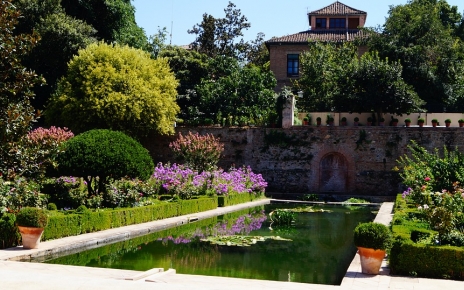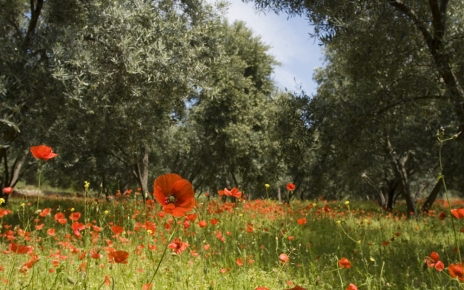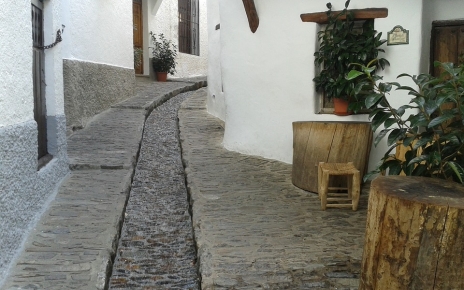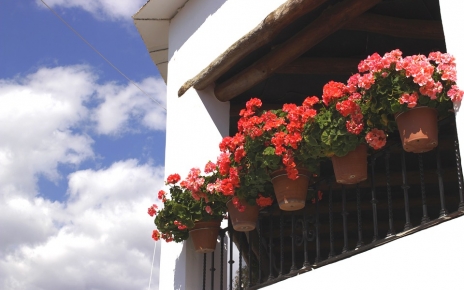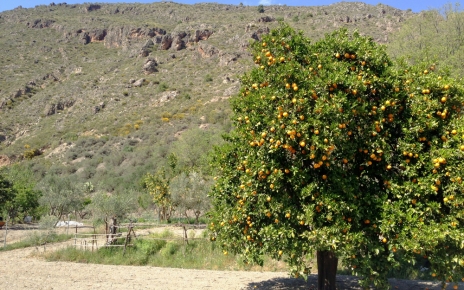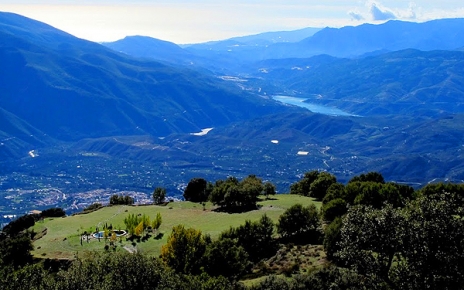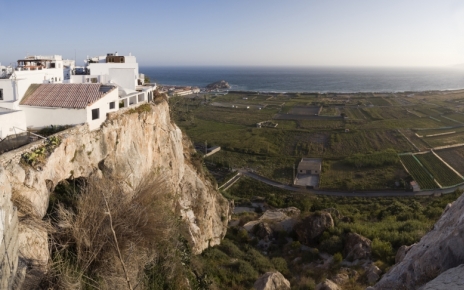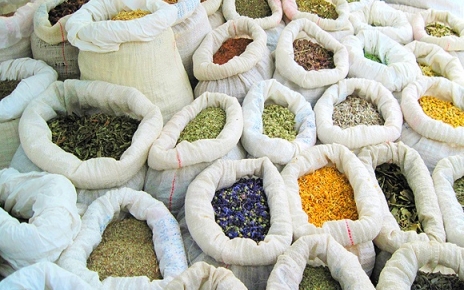Holidays in Granada
Everything you need to plan the perfect holiday in Granada: how to get there, the best places to stay, the best times of year to go, and an unbeatable selection of hand-picked holiday villas and cottages.
Find your Holiday home in Granada
Summary
The province of Granada is located on the southeast of Spain, in the region of Andalucia. Granada city, the capital of the province, stands out along with the ensemble of La Alhambra, El Generalife and El Albaicín, declared a UNESCO World Heritage Site in 1984. On account of the peculiar natural setting, which combines mountains with the coast, Granada offers a unique combination that allows special possibilities such as skiing with sea views in winter.
Sierra Nevada Natural Park is one of the highlights of the region, but there are other four natural parks in the area. The usual destinations in the interior part of Granada are Baza (along with Sierra de Baza Natural Park) and the region of La Alpujarra, well known for its hot springs and for being a mountainous locality that procures matchless peace and tranquillity thanks to its remote location.
The Costa Tropical is the coastal area (with towns such as Almuñecar and Motril), where the fair weather throughout the year fosters that both tourists and locals alike choose the coves and beaches of the Costa Tropical as their destination of choice for their holidays. Spots such as Cantarrijan, a naturist beach with crystal clear waters, will delight any visitor who wishes to relax and cool off at the warm coasts of Granada.
With regard to the gastronomy in Granada, it was influenced by the Arabs, and is based on excellent raw ingredients. The uneven geography of Granada (you can travel from the mountain ranges to the coast in a few hundred kilometres) provides a broad variety of different natural resources. Several of the common products in the region are recognized as Designation of Origin, such as the olive oil of the Granada Mountains and the honey or the ham of Trevelez. Likewise, the Costa Tropical provides great fish and shellfish.
Granada is one of the most privileged regions of all Europe in terms of biodiversity, and the beauty and variety of its landscapes. Part of this splendour resides not only in Granada city, but also in the many different areas surrounding the capital, which provide a rich, historical and monumental heritage, and create a unique balance between the several settlements and the vast and appealing natural environments. The peace of its small and quiet villages, the natural parks and the matchless atmosphere of the whole region, make Granada a paradise for everyone looking for a rest in direct contact with Nature. After all, there’s a Spanish saying, Quien no ha visto Granada, no ha visto nada, which translates as: “Those who haven’t seen Granada, haven’t seen anything”. And for a good reason.
Overview
GRANADA CITY
Granada is a small paradise, a friendly and lively city that offers a wide range of cultural activities, gastronomic diversity and historical heritage in an exceptional natural environment. The ensemble of La Alhambra, El Generalife and El Albaicín is, in and of itself, reason enough to visit this historic city, but there’s so much more to see beyond its palaces and gardens.
Granada, with its Moorish influence, is a jewel that deserves to be explored: strolling along the cobbled streets of the authentic Arab quarter of El Albaicin, or visiting the caves of Sacromonte; enjoying the tapas in the traditional bars in the city, or going through the several lookouts across the city. And, once every nook and cranny has been explored, what comes next is a visit to the small villages of the region, such as the ones in Las Alpujarras or the Lecrín valley.
This is one of the most visited regions in the province of Granada. La Alpujarra, isolated and hard to reach for centuries, has been kept virtually unspoilt, giving the impression that time doesn’t pass here. The white houses of the quiet small villages in the region spill over the green hillsides against the large valleys and woods of the area. Having the magnificent Sierra Nevada as an incomparable backdrop, this postcard picture provides only a rough idea of the peace and authenticity that the Alpujarras region can offer to its visitors. Additionally, its great location between the mountains and the sea allows for a short trip to the Costa Tropical to enjoy the villages and beaches of the coast.
COSTA TROPICAL
Located between Costa del Sol and Costa de Almeria, Costa Tropical holds a privileged position that has the best conditions to enjoy excellent holidays. Its Mediterranean position (near Sierra Nevada on the north, and Africa on the south), creates a subtropical microclimate with 320 days of sun per year and an average temperature of 20ºC. The landscape of this area is shaped by cliffs, coves and long beaches, along with many coastal villages such as Almuñécar, Salobreña or Motril, which offer a wide range of possibilities, from visiting beaches to practicing different water sports, to simply strolling along the traditional villages in the area to relax in this unique area of Spain, with the chance of visiting others such as the Lecrin valley, only half an hour away from the Costa Tropical.
LECRIN VALLEY
Just halfway between the city of Granada and the coast, this valley is a fascinating green area located at the foot of Sierra Nevada mountains. Away from the rush of the Costa Tropical (which tends to be more touristy), this quiet region is made up of 8 municipalities (which are, in turn, made up of 17 villages): Albuñuelas, Dúrcal, El Padul, El Pinar, El Valle, Lecrín, Nigüelas and Villamena. The natural beauty of the Lecrín valley, its villages and orchards, make for a great place to spend some quiet and relaxing holidays.
Climate
The province of Granada offers great climatic contrasts, caused by the numerous geographical features that make it up which are so different, yet proximate at the same time.
In fact, Granada´s diversity in climates and landscapes, graced with an excellent balance of sunny days, makes it, according to the World Health Organization, one of the healthiest places to live, precisely thanks to its weather throughout the year.
It has a continentalized Mediterranean climate in most of the territory, but there is also a mountain climate in the highest parts, and a subtropical climate on the coast.
Weather in this region is remarkably scarce in rainfall - it has 3,300 hours of sun per year in comparison to London’s 1,400. The bulk of the rainfall is concentrated around the months of November, March and April, not reaching 200mm during the rest of the year.
CLIMATE IN THE DIFFERENT REGIONS OF GRANADA
GRANADA CITY
Granada´s capital maintains a very balanced thermal average throughout the year, as its interstate 19º C represents. However, this average is achieved with strong spikes of deviation, since it is not unusual to reach records close to 40º C in July and August, as well as sub-zero minimums in January and February.
ALPUJARRAS
The valleys and high mountains of Las Alpujarras between Granada and the Costa Tropical give you two different climates. Just a half an hour’s drive separates the orange and lemon trees of the Low Alpujarra from the highest villages in Spain, where snow can fall in winter.
This region comprises the southern face of the Sierra Nevada mountains from high peaks to low valleys. It ranges through all known Mediterranean climates from semi-tropical to alpine. A common aspect is the virtual absence of rain for approximately 5 months, from early May to October.
The valley of the Low Alpujarra can be beautifully sunny and warm even in March and November, months when holidaymakers and villagers in the High Alpujarra have log fires burning. Summer heat is very bearable even low down, while high up the sun is strong and nights have a delicious temperature. If the swimming pool season in the High Alpujarra is generally from June to September, in the Low Alpujarra it is from May to October.
The mountains of the High Alpujarra are an ideal walking destination in spring and autumn when the light and the colours are often spectacular. In winter, the mountain charm is palpable and sunny days make for exciting outings.
High Alpujarras
The mountainous High Alpujarra has quite long, dry summers, if not as long as other low-lying areas, including the coast.
The south-facing High Alpujarra has plenty of exposure to sun and the altitude means the sun is strong in the hours around midday. The mountain weather is relatively mild most of the year, however, in spite of the high altitude.
Winters can be cold and receive most of the area's rain, which falls as snow on the peaks of Sierra Nevada.
Low Alpujarras
In contrast to the higher Alpujarras, where the mountain topology conditions the weather with a distinct alpine influence, the lower Alpujarras receive a correspondingly subtropical influence.
The situation of the Low Alpujarras between the mountain summits of the High Alpujarras and the Mediterranean Sea, brings the twin benefits of mountain breezes and coastal mildness.
Temperatures are mild for most of the year. Hot summers are pleasant by night. Frosts are rare in winter; winters tend to be short and the occasion for irregular rainy periods.
Maps
Getting there
AIRPORTS IN GRANADA
Granada has its own airport (GRX), although there are almost no direct international flights from or to here (currently only British Airways operates from London City Airport (LCY)).
Andalucia, however, has six international airports. Malaga Airport is by far the largest with incoming flights from all over the world. Malaga’s relatively central location within Andalucia and good flight availability make it the major airport for holidaymakers travelling anywhere within Andalucia, such as Granada. But there are other options.
Simply pick the airport that’s most conveniently situated (or best-priced) for your holiday location. Driving times from airports are shown on the individual page for your holiday property. Car hire is available with online booking at all these airports.
Costa Tropical
Malaga (AGP) | Almeria (LEI) | Granada (GRX)*
*Note: there are almost no direct international flights to Granada
Alpujarras:
Malaga (AGP) | Almeria (LEI) | Granada (GRX)*
*Note: there are almost no direct international flights to Granada
CAR HIRE
If your villa is up a track, be sure to rent a vehicle with good clearance. This means most normal cars: simply don't be tempted by a low-slung sporty model. If the track is steep, opt for a car with decent uphill power (not the smallest budget option).
If your holiday home is a mountain village (i.e High Alpujarras) with narrow streets a small / medium car will probably suit you best.
Most rural areas in Andalucia have a relatively poor public transport service so you would normally need to hire a car.
It often works out cheaper than taking a taxi from the airport and is then invaluable for shopping, eating out, visiting places of interest, days out at the beach, and making an easy return trip at the end of your stay.
Driving times from airports your holiday property are shown on the villa's property page. You will receive a map with detailed directions to your villa as one of your holiday documents from Rustical Travel.
Rustical Travel doesn't have a professional arrangement with any particular car hire company and we suggest you shop around for car hire using a broker such as rentalcars.com or similar.
It's easy to compare prices of rentals with companies that operate at the airport you fly into, and all the reputable agencies have online payment for advance booking these days. You don't have to use the broker. If you prefer, you can check the car hire companies own websites, compare prices, and book direct.

Alhambra Palace

Beach in Alpujarras
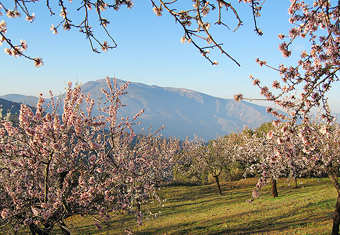
Cherry blossom in the Alpujarras region

View from Bubion Town

Granada city

Sheep grazing on fresh grassland near Bubion
.jpg)
Details of Moorish architecture inside the Alhambra Palace
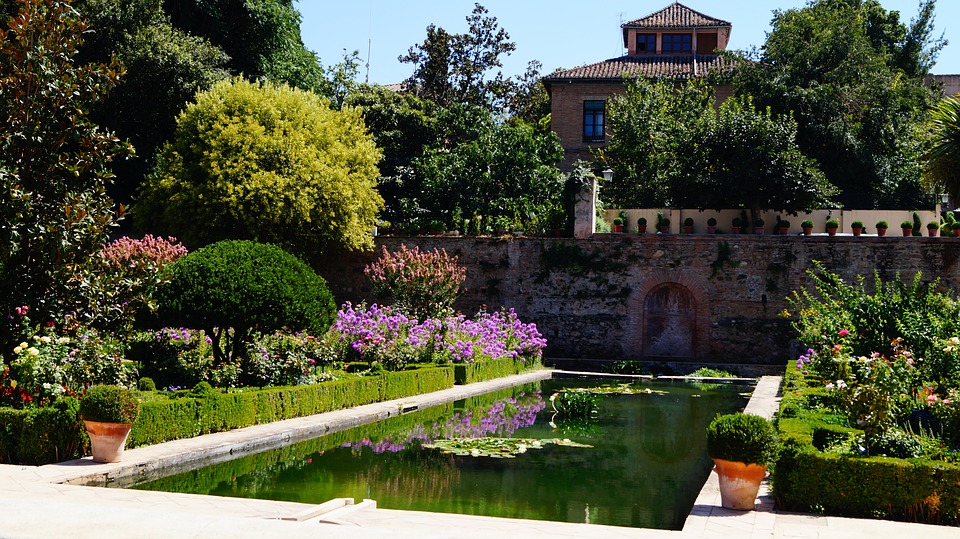

Wild poppy flower bloom
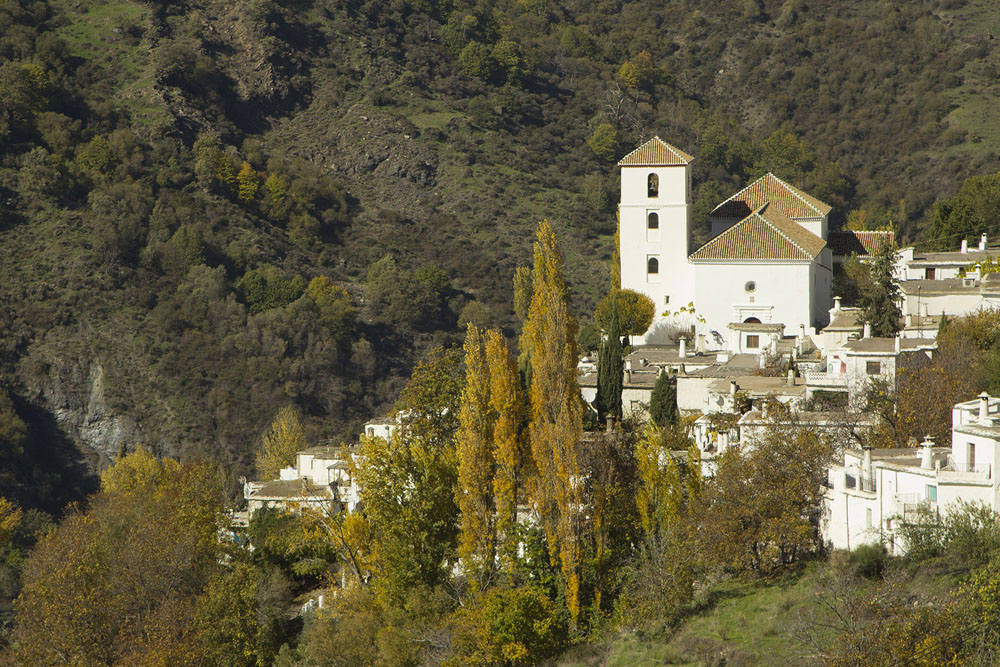
Bubion village

Capileira village
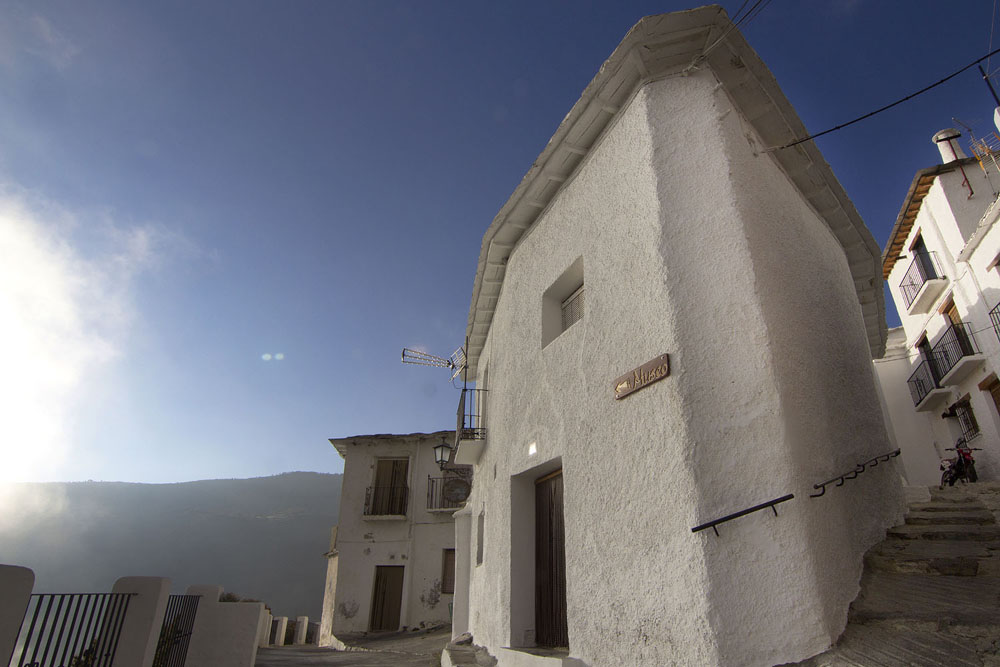
A corner of Capileira village

Narrow street of Pampaniera village
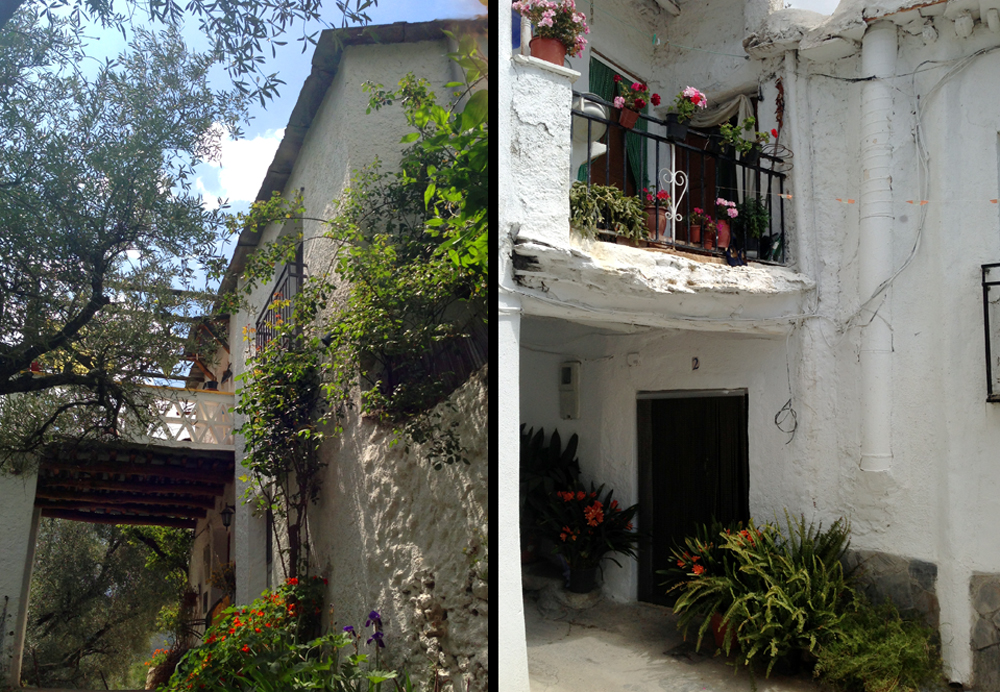
House in Fondales village
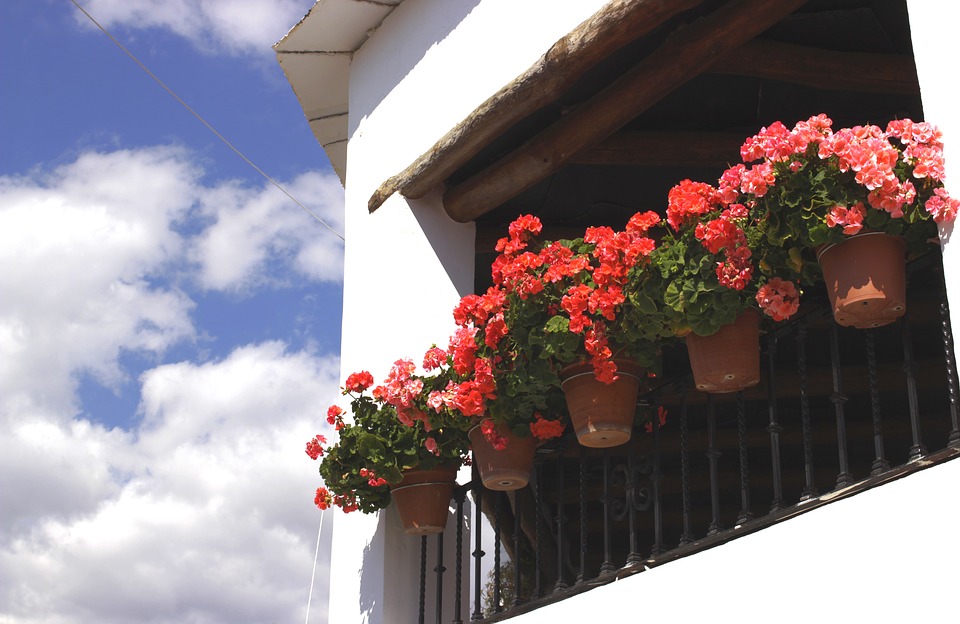
Typical flower pots found in traditional White Villages
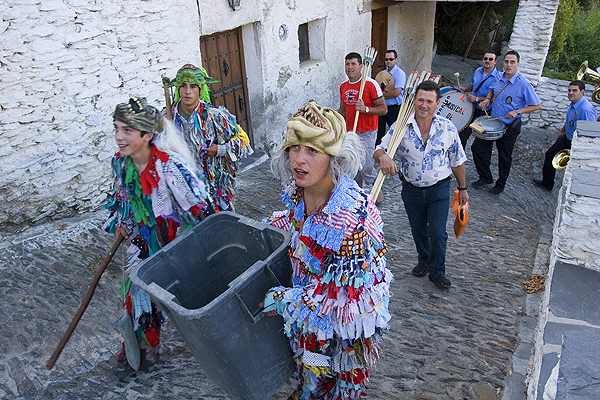
Local traditional fiesta
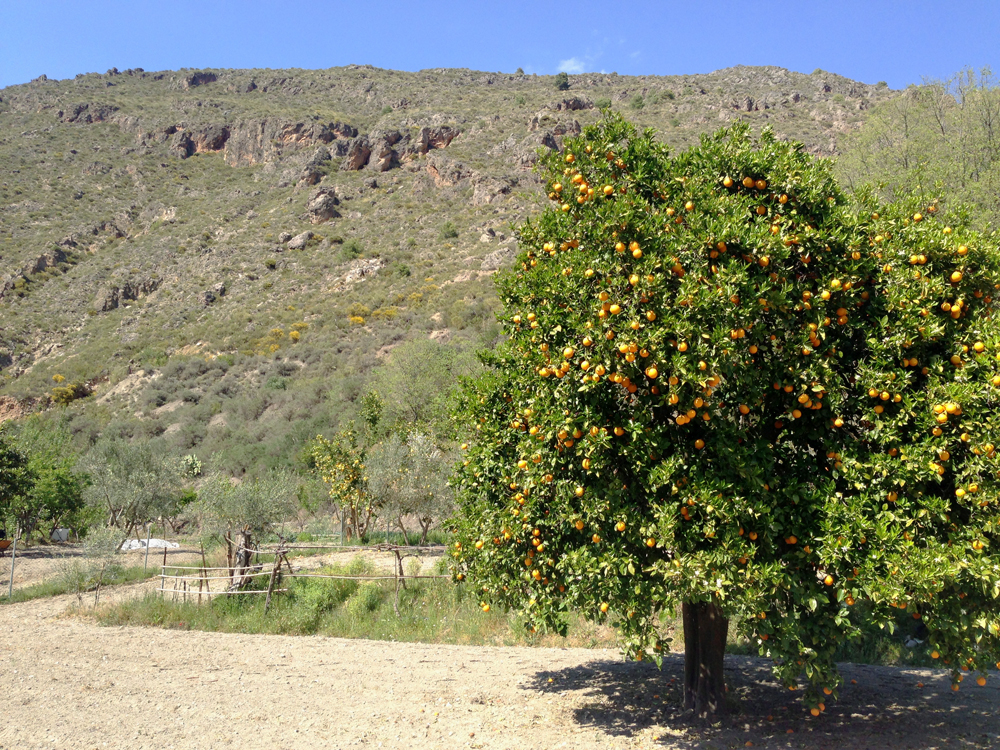
Cultivated field in the dry Low Alpujarras
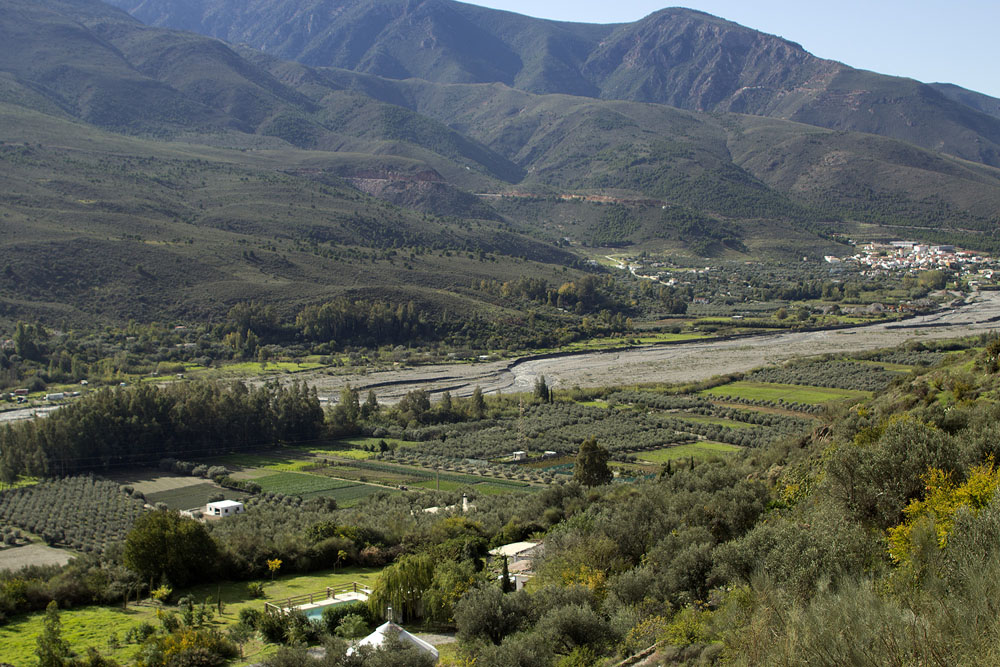
Guadalfeo valley
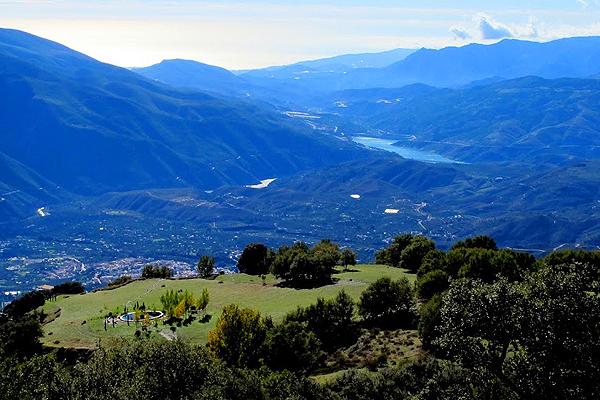
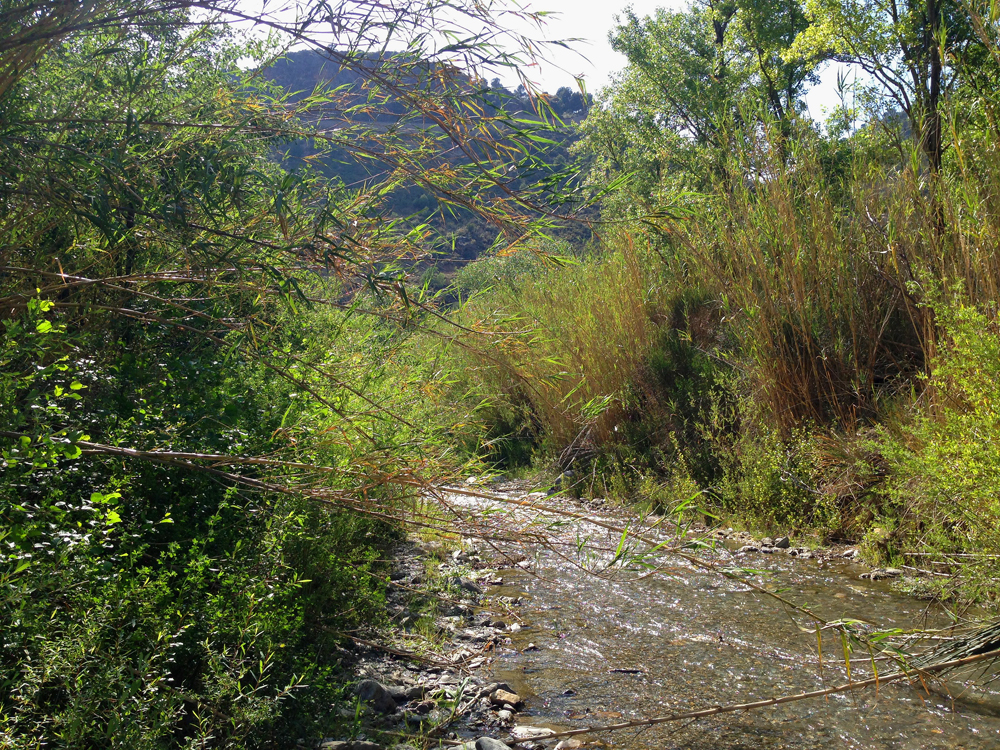
Most streams in Low Alpujarras never dry out

Orgiva village from the road to Sierra Nevada

Paseo de los Tristes (Granada city)
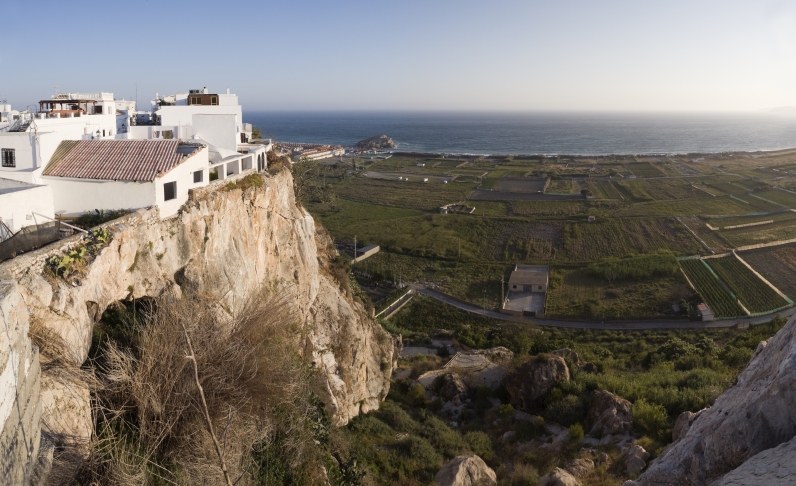
View of the sea from Salobreña town

Sierra Lujar

Bags of spices typically used in their regional cuisine

The walk from Fondales to Ferrirola






.jpg)



















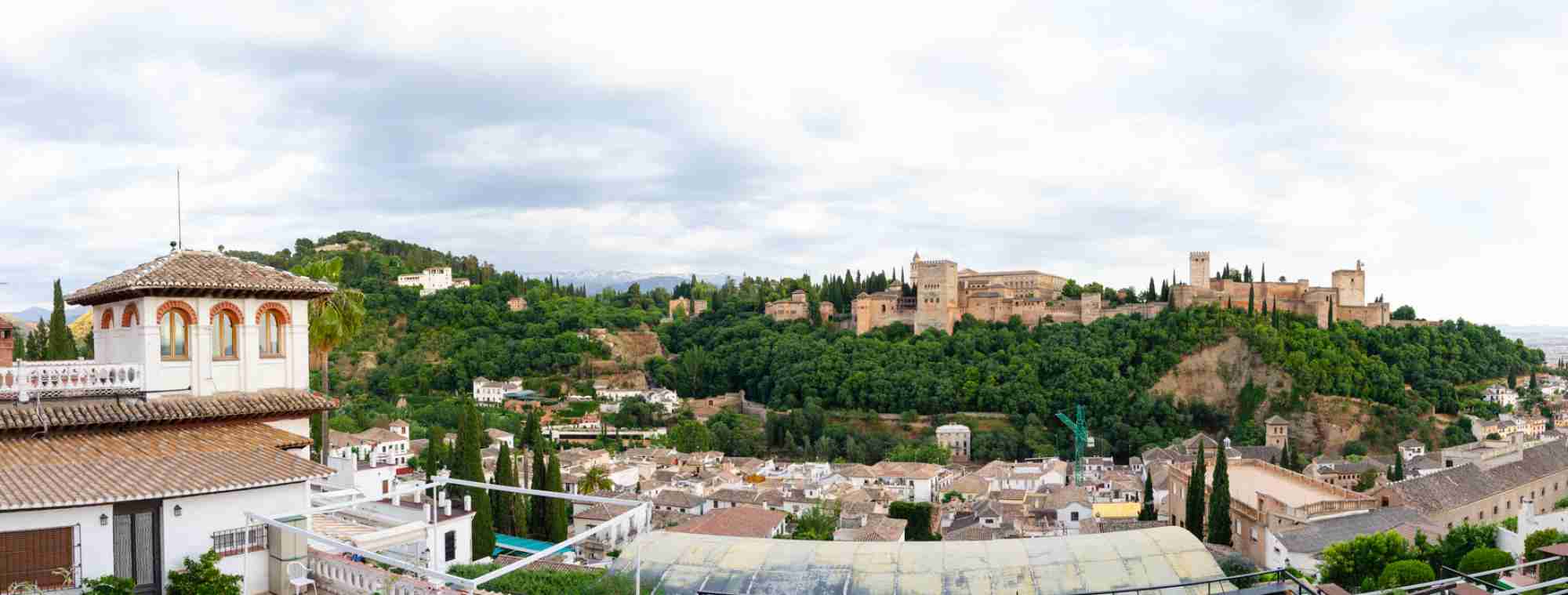
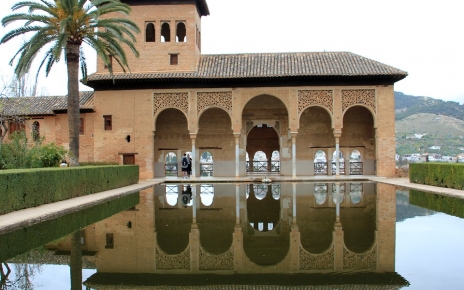
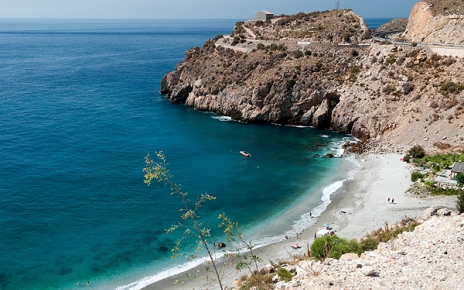

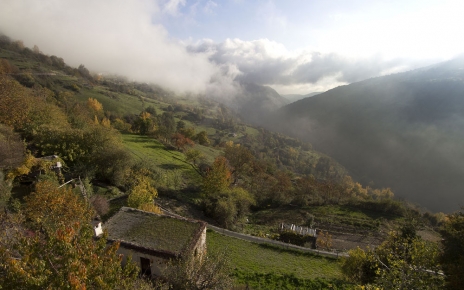
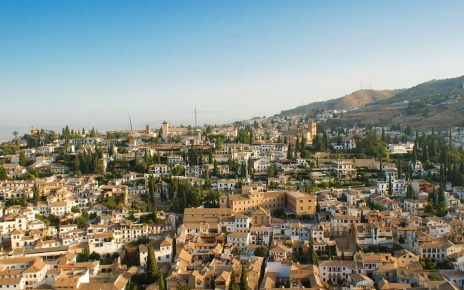
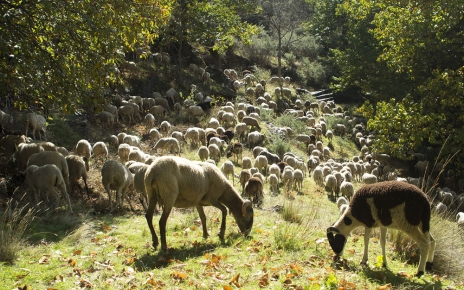
.jpg_464_290_cf_q100_co-1.jpg)
